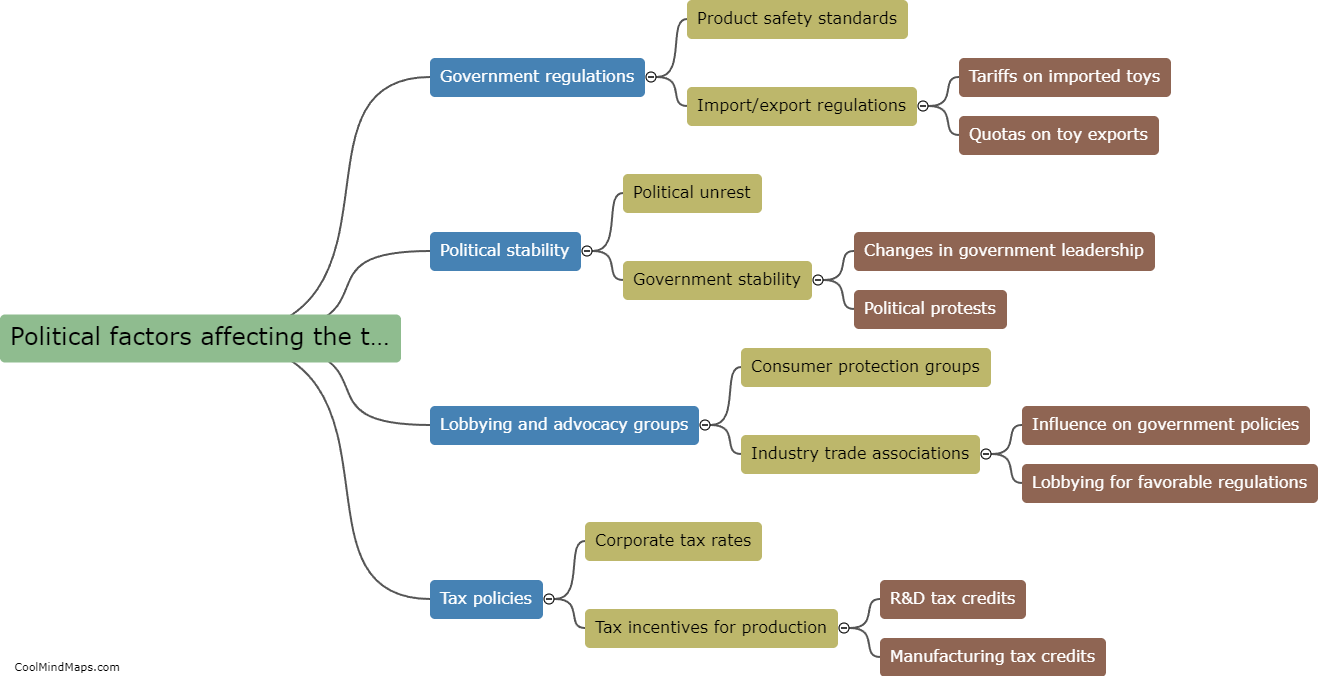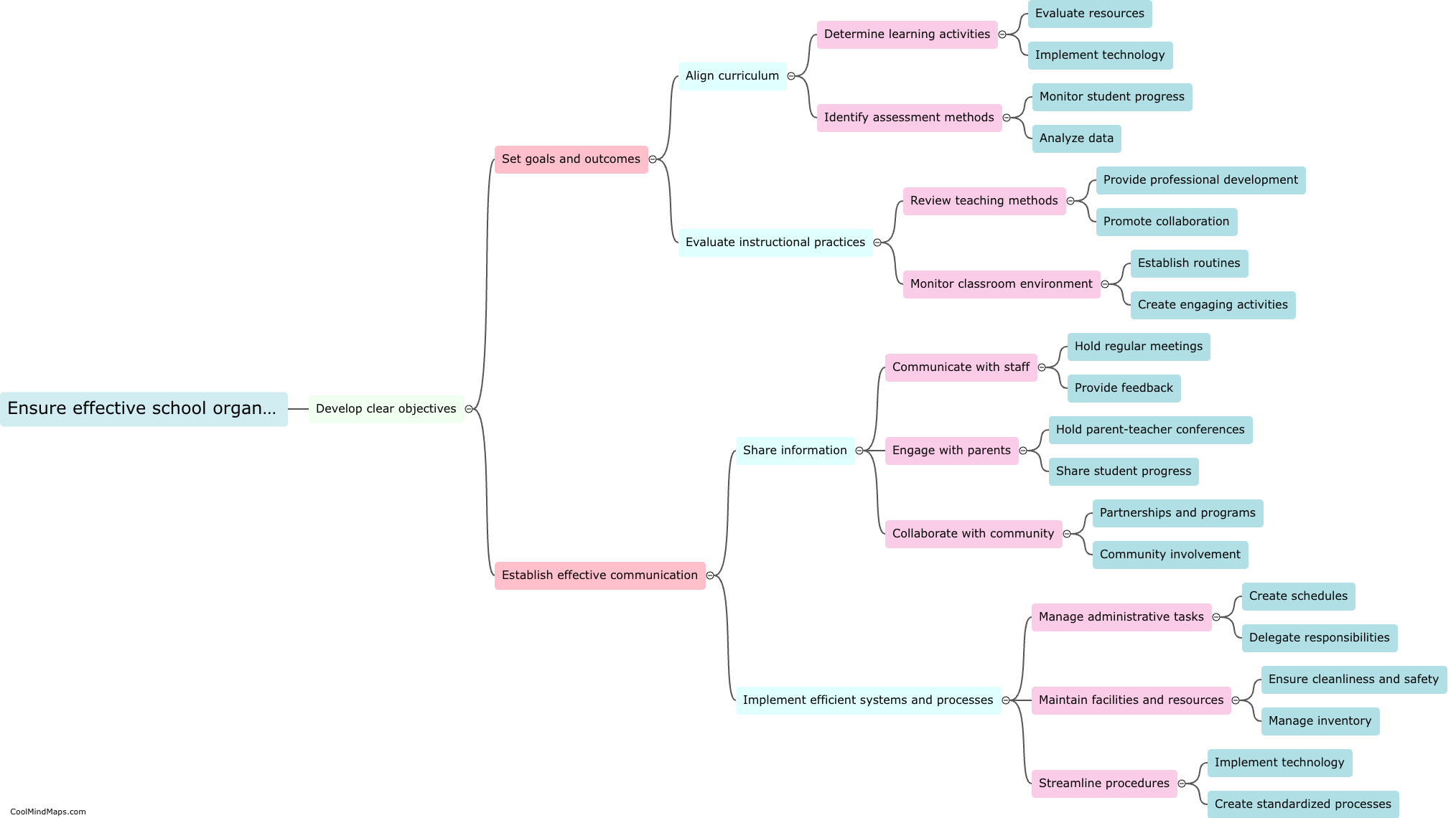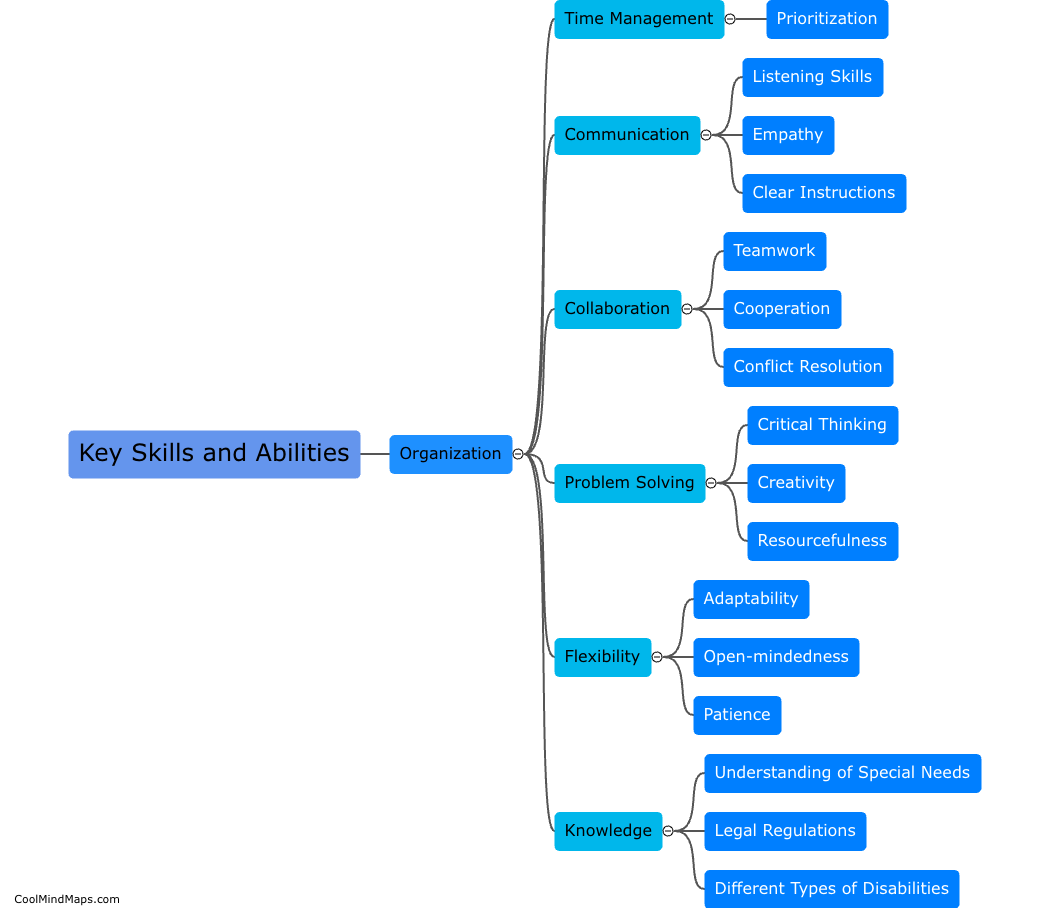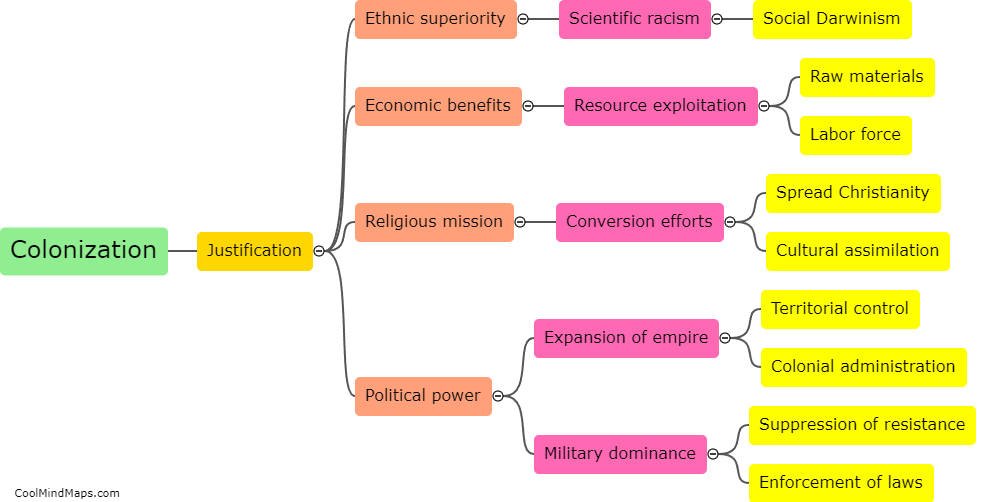What strategies can be implemented to create an inclusive classroom environment?
Creating an inclusive classroom environment involves adopting various strategies that cater to the diverse needs and abilities of students. First and foremost, teachers should promote a sense of belonging among all students by fostering an environment of respect, acceptance, and understanding. This can be achieved through activities that promote empathy and appreciation of different perspectives. Additionally, teachers can implement Universal Design for Learning (UDL) principles to provide multiple means of representation, engagement, and expression, allowing students to access and demonstrate their learning in various ways. Differentiation and personalized instruction are also important strategies, as they allow teachers to tailor their teaching methods and materials to suit the strengths and weaknesses of each student. Finally, collaboration and teamwork should be encouraged, as they can foster a sense of community and help students learn from one another. Overall, implementing these strategies helps to create an inclusive classroom environment that celebrates diversity and ensures equitable access to education for all students.

This mind map was published on 14 October 2023 and has been viewed 103 times.











